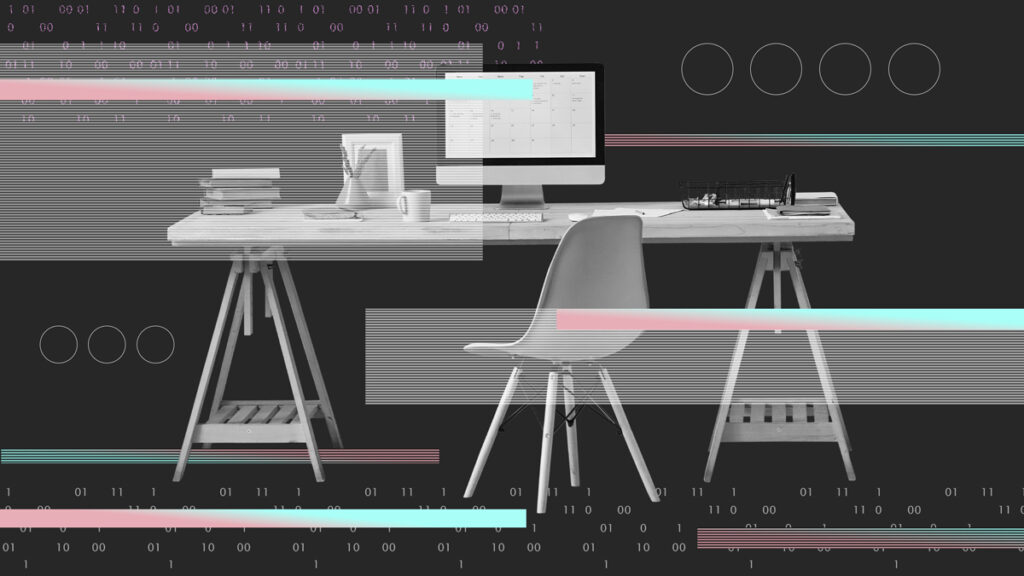
HBR Staff/mediaphotos/Getty Images
Post
Post
Share
Annotate
Save
Automation has historically impacted blue-collar jobs first, whereas white-collar jobs benefited. The wave of remote work brought on by the Covid-19 pandemic further empowered white-collar workers with more autonomy through remote work. However, generative AI is changing this narrative. Remote workers are now more susceptible to automation due to their tasks being digital and thus more easily automated, but also indicates large potential productivity benefits. But three larger forces are going to drive far more extensive gen AI automation than most expect: ease of use, firms have self-primed for gen AI automation, and growing gen AI autonomy. This means that while some remote workers will lose their jobs, many, many millions of them will soon experience extensive job change that will require reskilling, particularly in management and AI-specific skills, to adapt to the changing job landscape and maintain productivity.
There’s a tidy story out there when it comes to automation: If anyone felt its bite, it was workers in manufacturing and trade jobs first. The advent of the mechanized loom pushed weavers who worked for themselves into factories. After Ford trotted out the assembly line, skilled mechanics and engineers had to learn to go through rote motions. Eventually, support staff in offices experienced a similar fate. When networked PCs arrived, clerical and administrative workers saw their jobs shift from interacting with people to filling out software forms and checking boxes. All too many of them paid less. All too many build fewer skills. All too many treated with less variety, human connection, and dignity.
>>> Read full article>>>
Copyright for syndicated content belongs to the linked Source : Harvard Business – https://hbr.org/2024/07/gen-ai-is-coming-for-remote-workers-first
